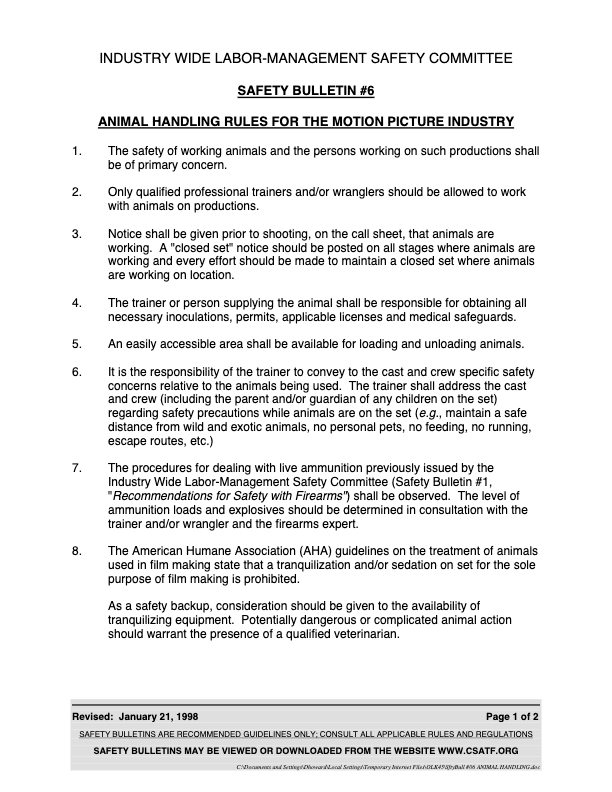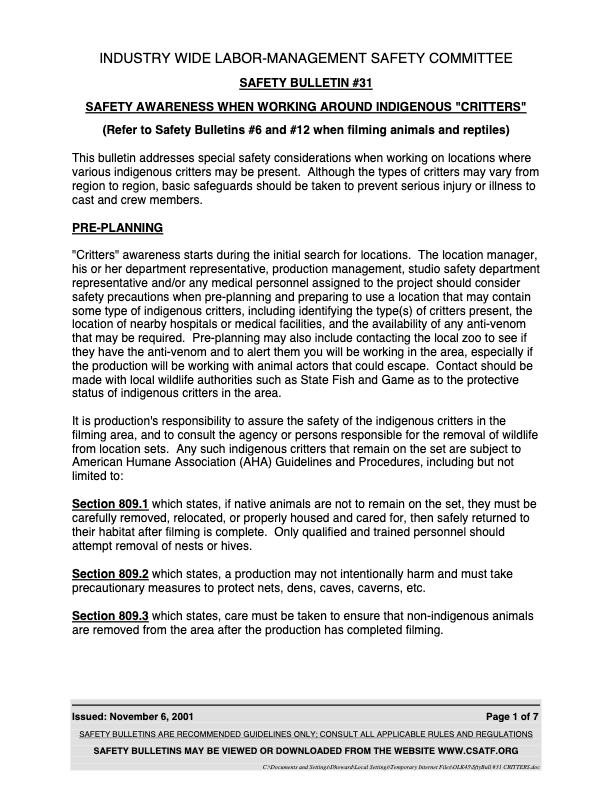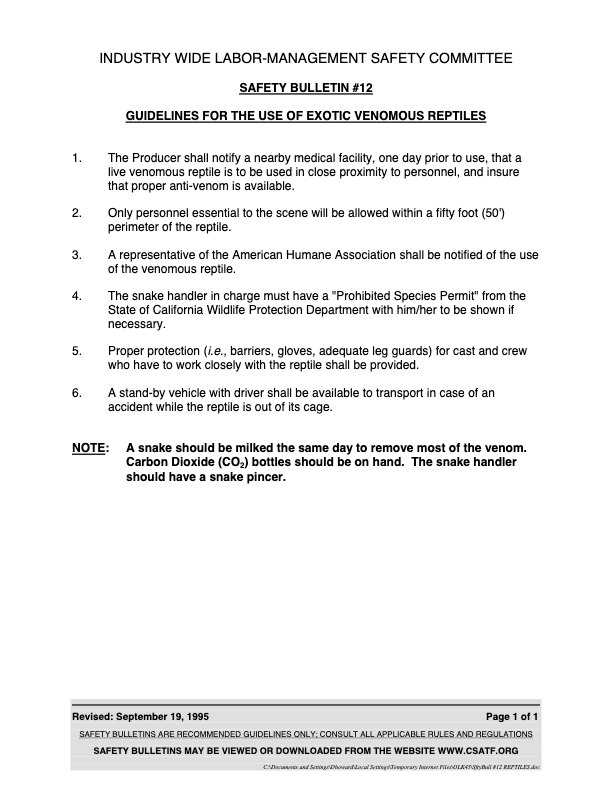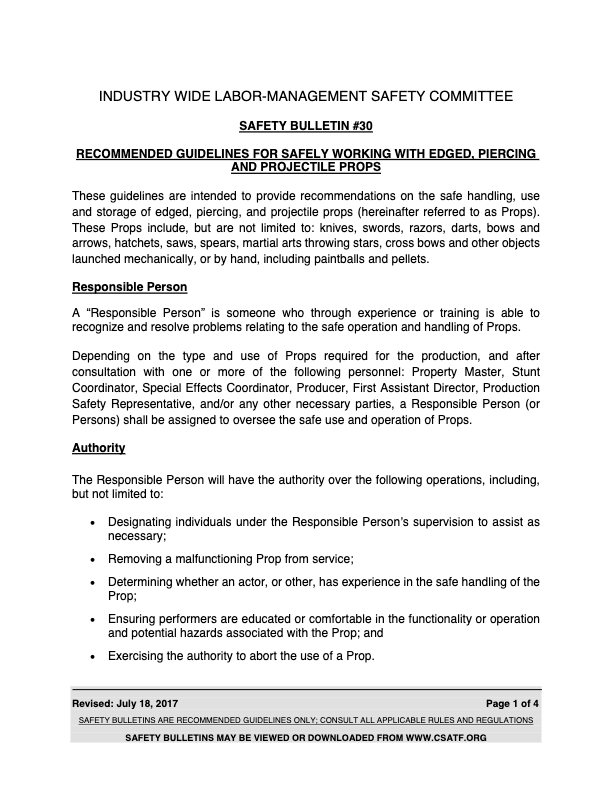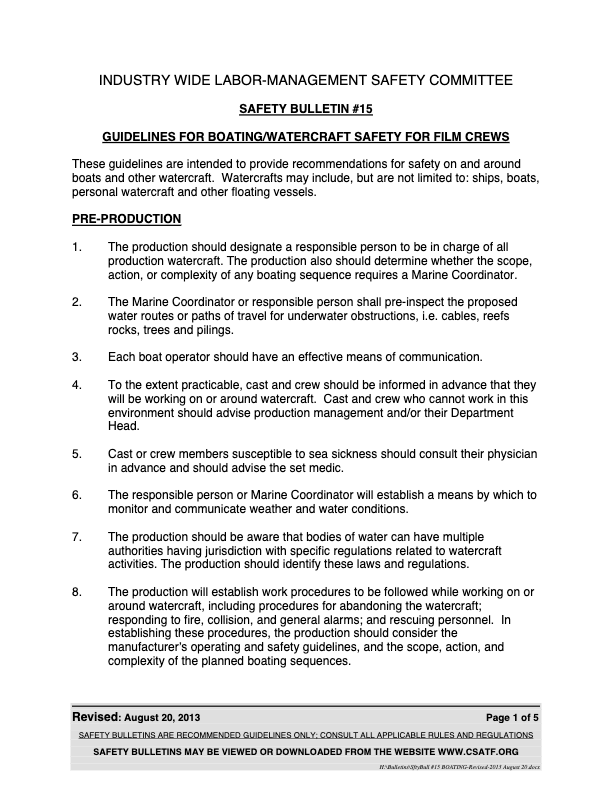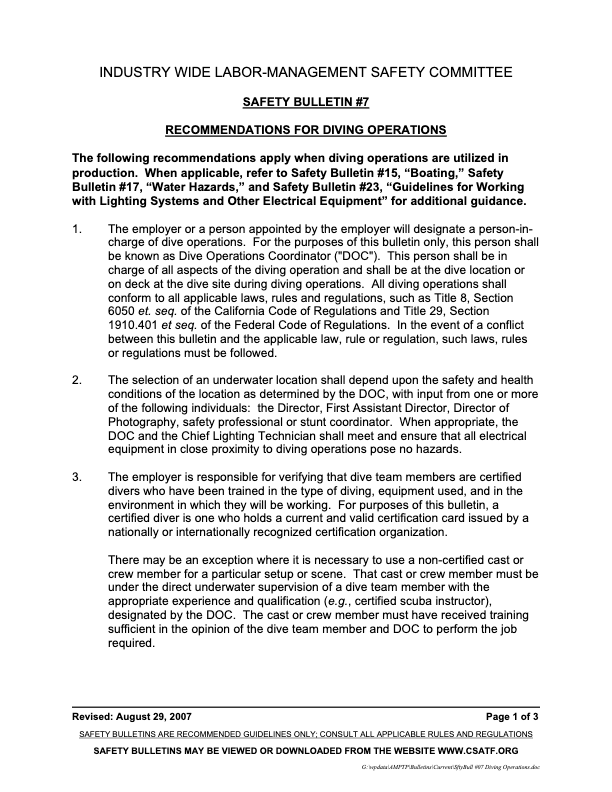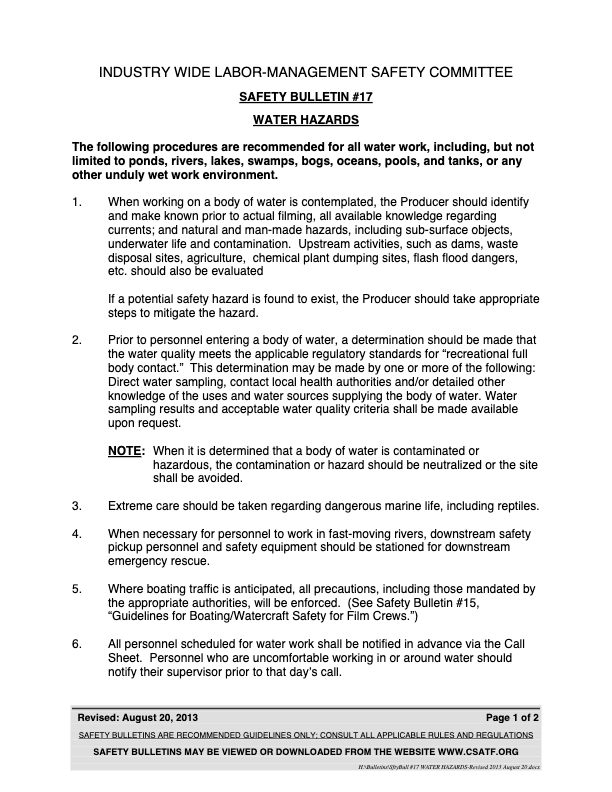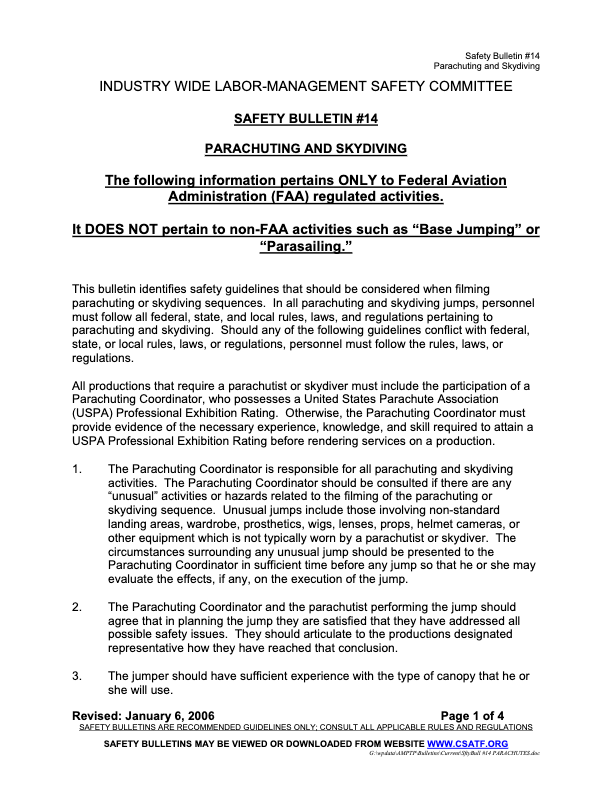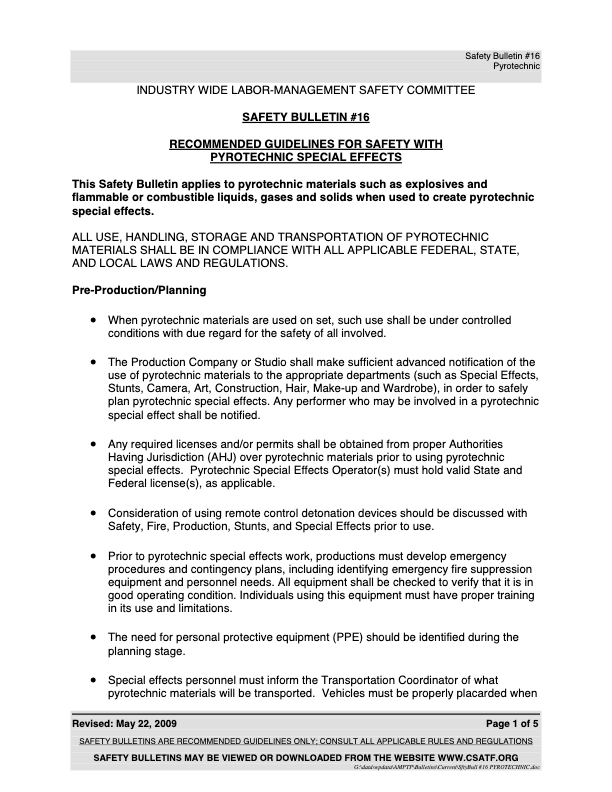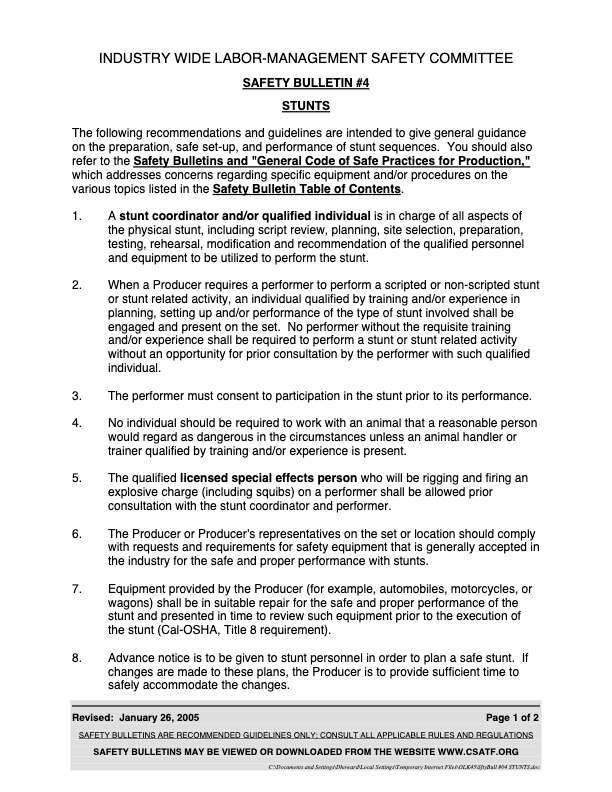Components of the breakdown
The casting breakdown should begin with general information about the production:
- Title and show number
- The name of the director and producer
- Shooting date(s) and time(s)
- Brief description or logline that includes the genre
It should then continue with character breakdowns for all lead and supporting roles:
- CHARACTER NAME (in all-caps)
- Gender (if it matters)
- Size of the role (Lead or Supporting)
- Age range. It is how old someone looks on camera that counts, not how old they really are. Give a range. However, the younger the person needs to be, the smaller the range should be.
- Ethnicity (if it matters)
- Sexuality (if it matters)
- Pertinent facts about the character: What are the given circumstances that shape this character? This can also include physical qualities that are necessary for the part but cannot be fudged on camera, like height for a basketball player. Remember, beards, tattoos, and hair color can all be grown in, glued on, or changed.
- Distinguishing characteristics: What makes the character special or different. What drives them as a character? Never use the words ordinary or generic!
- Special requirements of the role: If there will be any kind of nudity or sexual intimacy, it must be stated and described. If the actor must work with pets, babies, children, potential allergens, or adverse conditions, they must be described. Also, if the actor must perform any physical feat that is “out of the norm,” it must be described.
At the end of the casting breakdown, list any smaller roles and extras. You do not need a full breakdown for bit parts or extras, and in most instances a simple list will suffice. Only include additional breakdown information when appropriate.
Sample Casting Breakdown
THE WIZARD OF OZ (18F1)
Victor Fleming, dir. and Mervyn LeRoy, prod.
Shoots Friday November 18th from 8AM to 9PM.
The Wizard of Oz is a musical based on the book by L. Frank Baum that follows the journey of a Kansas farm girl as she and her dog Toto are swept up by a tornado to the magical Land of Oz. There she makes unlikely friends to battle the Wicked Witch of the West, expose the great Wizard, and find her way back to Kansas. There’s no place like home.
Roles available:
- DOROTHY GALE: Female lead, early teens. Dorothy is a well-scrubbed, polite farm girl from Kansas with an active imagination. She must balance a sweetness of temperament with a sense of justice strong enough to propel her into potentially dangerous situations. Must be comfortable working with small dogs.
- PROFESSOR MARVEL: Male supporting, 50-70. Professor Marvel is a traveling carnival magician with a dubious past. He tries hard to mask his insecurities with bravado in the hopes he will not be discovered. He is nevertheless a kind-hearted, teddy bear of a man and means no real harm.
Smaller roles and extras:
- MAYOR OF MUNCHKINLAND
- MUNCHKINS
- FLYING MONKEYS

